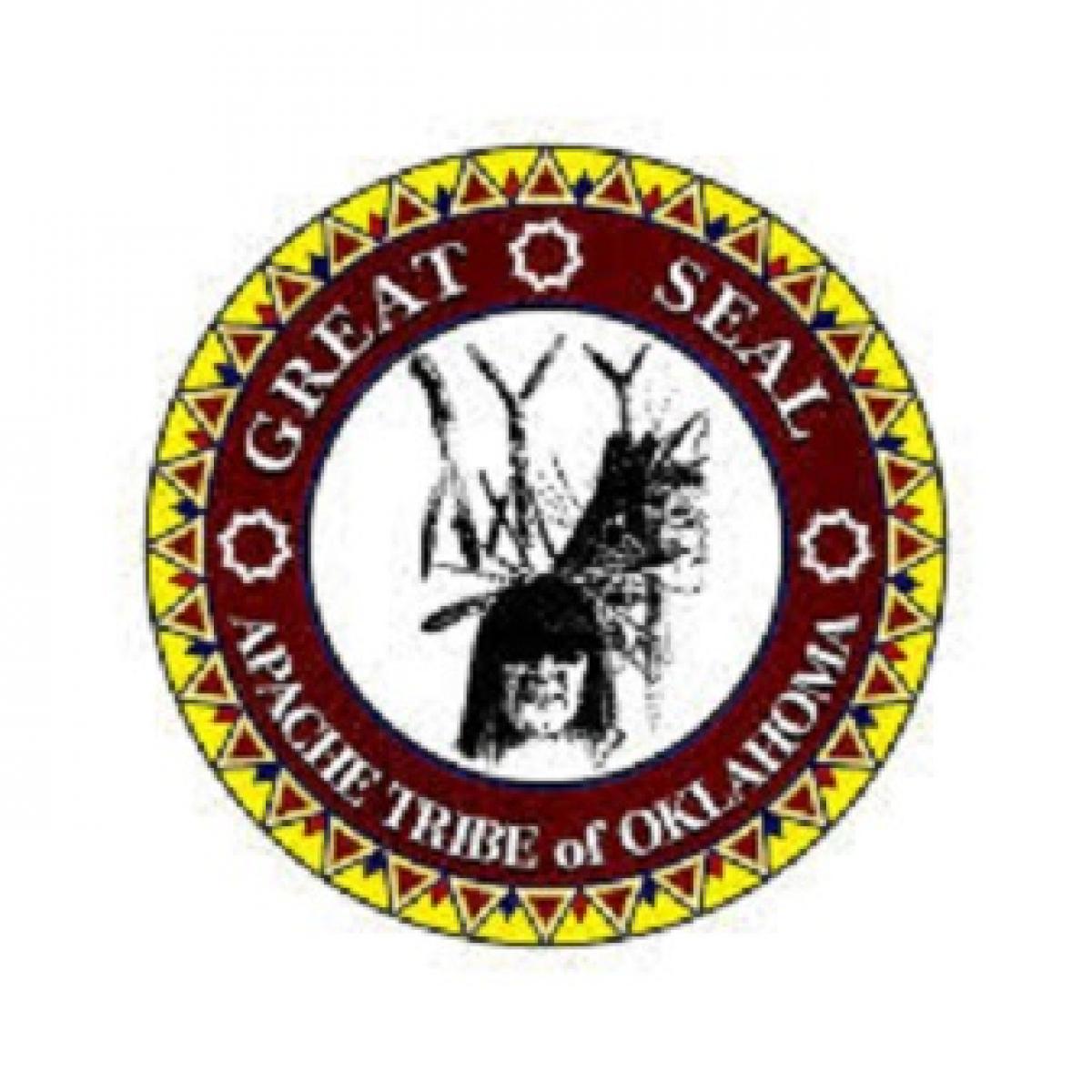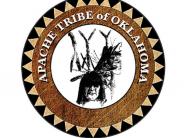- Our Community
- Community Overview City History Community Demographics Chamber of Commerce Events and Activities City Calendar City Parks On-Line Store Cemeteries Local Weather Photo Gallery
- Library School District Public Safety Emergency Management Police Fire ADA Compliance Americans with Disabilities Wall of Honor Wall of Honor
- Grove Regional Airport Grand Lake Association INTEGRIS Grove Hospital Har-Ber Village Lendonwood Garden Playmakers Theatre Cayuga Mission
- Doing Business
- Welcome Visitors
- Grand Lake Association Grove Area Chamber of Commerce Grove Regional Airport Playmakers Theatre
- Cayuga Mission Har-Ber Village Lendonwood Garden Grand River Dam Authority (GRDA)
- On-line Store Photo Gallery Events Where to Eat Where to Stay Where to Park in Downtown Grove Wolf Creek Park & Boating Facility
- Inside City Hall
- Contact City Hall Staff Directory Submit a Complaint or Comment City Code Comprehensive Plan Jobs - Equal Opportunity Employer Non-Discrimination Download Employment Application Submit Employment Application
- Agendas and Minutes City Council Boards and Committees Convention and Tourism Bureau Economic Development Authority Municipal Airport Authority Municipal Service Authority Planning and Zoning Board Zoning Board of Adjustments ADA Compliance Americans with Disabilities
- Departments Administration Airport Buildings and Grounds Community Development Economic Development Finance Fire Emergency Management Municipal Court Police Public Works Utility Services
- Helpful Resources
- Alerts and Notifications Email Subscriptions Events and Meetings Agendas and Minutes City Calendar In the News City News
- Contact the City Staff Directory Submit a Request or Concern Code Red Code Red Login Documents and Forms Documents and Reports Forms, Permits and Applications Maps
- Social Media City of Grove on Facebook Wolf Creek Park on Facebook Grove Animal Control on Facebook Frequently Asked Questions Frequently Used Numbers Helpful Links
Tribal, Apache of Oklahoma

APACHE TRIBE OF OKLAHOMA - The Plains Apache are a small Southern Athabaskan group who traditionally live on the Southern Plains of North America, in close association with the linguistically unrelated Kiowa nation, and today are centered in Southwestern Oklahoma. The tribe is federally recognized as the Apache Tribe of Oklahoma.
The region now known as the state of Oklahoma has been home to numerous Apache groups. These have included the Lipan Apache, the Fort Sill Apache (a part of the Chiricahua Apache, or Western Apache, imprisoned in Indian Territory at Fort Sill in the 1880s), and the Apache Tribe of Oklahoma (sometimes called Plains Apache and often erroneously described as Kiowa-Apache). Shortly after Spanish explorers arrived in North America, the Apache of the plains, nomadic bison hunters, began using the Great Plains environment as a resource base. Their presence in the Oklahoma region began circa 1800. They were confined to reservation lands in western Oklahoma from 1867 until the time of allotment in 1901. After the demise of the Kiowa-Comanche-Apache Reservation many Apaches remained in the former reservation area, concentrating in locations around Cache Creek and the Washita River. Income came mainly from leasing their land and raising livestock.
Over the past half-century a number of scholars have studied their history and language, their migration southward through North America, and their lifeways. Considerable controversy surrounds the precise nature of the Apaches' cultural origins and of their associations with the Cheyenne, Arapaho, Kiowa, and other tribes over several centuries. The Apache Tribe of Oklahoma consider themselves as having always been a distinct linguistic and cultural group, and published historical and ethnological studies, often contradictory, are not entirely enlightening but generally support their view. One of the first scholars to conduct fieldwork was James Mooney in the 1890s for the Bureau of American Ethnology. He interviewed and collected artifacts among the Kiowa and affiliated Apache. Muriel Wright's Guide to the Indian Tribes of Oklahoma (1951) offered an Oklahoma-oriented version of the Apache Tribe's story. In 1933–34 J. Gilbert McAllister, in preparing a dissertation titled "Kiowa-Apache Social Organization" for his doctorate at the University of Texas, conducted field work in Oklahoma, extensively interviewed tribal elders, and attempted to reconstruct the culture as it was before the Columbian invasion, as retold in oral history. A summary of his conclusions was published as a chapter in Fred Eggan, ed., Social Organization of North American Tribes (1937). The most thorough and cogently argued treatment of the Apache Tribe of Oklahoma appears in Morris Foster's "Plains Apache" article in the Handbook of North American Indians (2000). He indicates that language retention provides firm evidence of the tribe's "persistence as a distinct social community in the midst of numerous contacts and alliances with other Plains tribes."
The historic Apache presence in Oklahoma has continued into the twenty-first century. The Apache Tribe of Oklahoma is federally recognized and has had a formal governmental structure, embodied in a business committee, since 1966. The tribal complex is located in Anadarko. Cultural preservation activities include a language retention program and an annual Apache Youth Culture Camp. The official enrollment stood at 1,802 in the year 2000.
Click any thumbnail image to view a slideshow

